Knot techniques
Climbers use various knots depending upon the situation and their area of application. Sport climbers tend to use fewer and different knots compared to alpine climbers. On alpine cliff faces, the ability to use all knots quickly and securely is vital to ensuring the rope team works properly. You must be able to do them with your eyes closed: in an emergency, in the dark, while tired or under time pressure. Uncertainty or carelessness can lead to fatal errors.
There are three different types of knot: the roping up knot, the joining knot and safety/ friction hitches. NOTE: Every knot represents a weakening of the rope or sling material. It must therefore be tied cleanly and precisely!
Munter hitch
The Munter hitch is a type of safety hitch and is technically not a real knot, but rather a brake loop. It is used for protecting the lead and follower and when lowering down the climbing partner, and works best in a pear-shaped HMS carabiner.
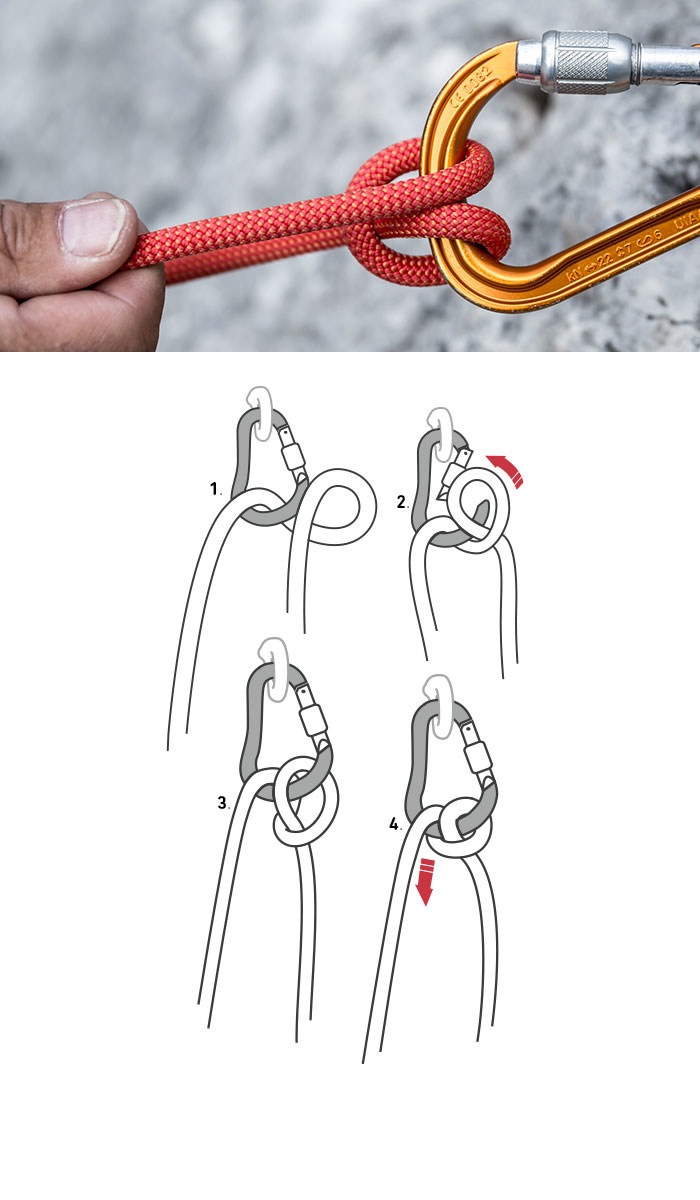
Clove hitch
The clove hitch is a safety knot and is ideal for a personal anchor. It is attached at the anchor’s center point using a locking carabiner. The length of the clove hitch can be set precisely and adjusted quickly: You pull on the center ridge of the knot and push the rope in the desired direction. Inconvenient untying or removal of your personal anchor becomes unnecessary.
Figure eight knot
The figure eight loop has been established as a standard knot for roping up and tying in. It is used for sport and alpine climbing. NOTE: The finished knot has to be tightened and all its strands double checked for completion.
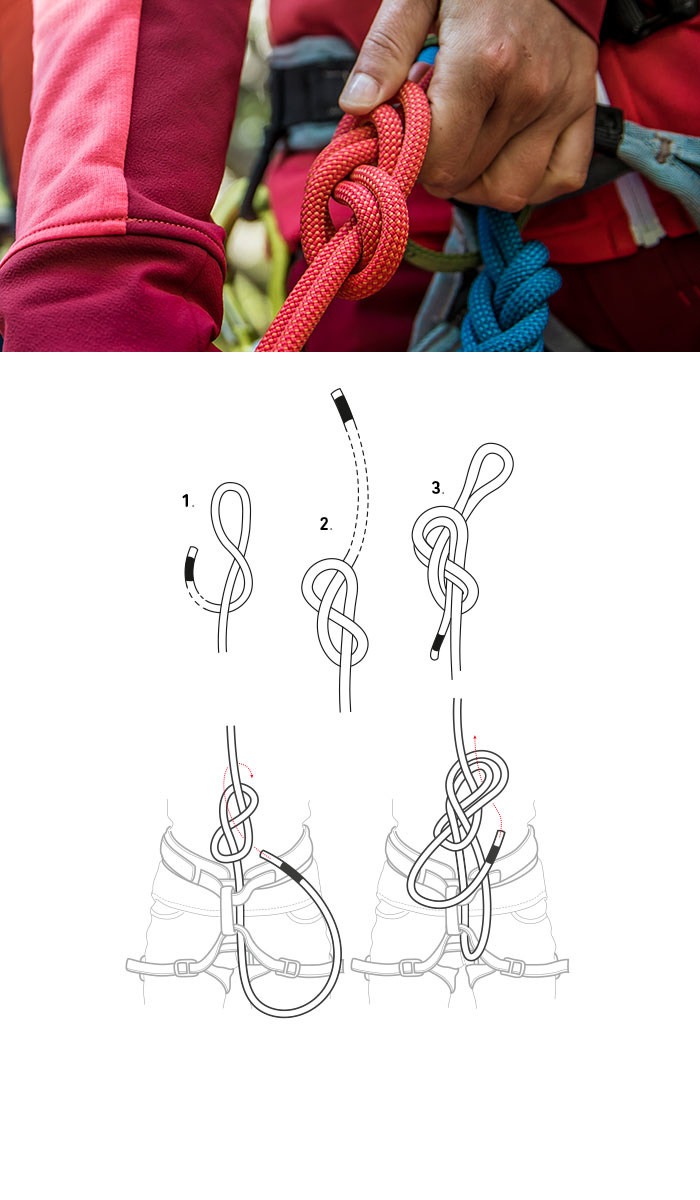
Over hand knot
The over hand knot is used as a joining knot: It is used for joining two rope ends and is recommended above all for light loads (rappelling, prusiking) or for knots that need to be applied from a climbing position (at a tunnel, or a knot loop). Although overall it offers a less secure knot, with long ends it is totally sufficient for these levels of strain.
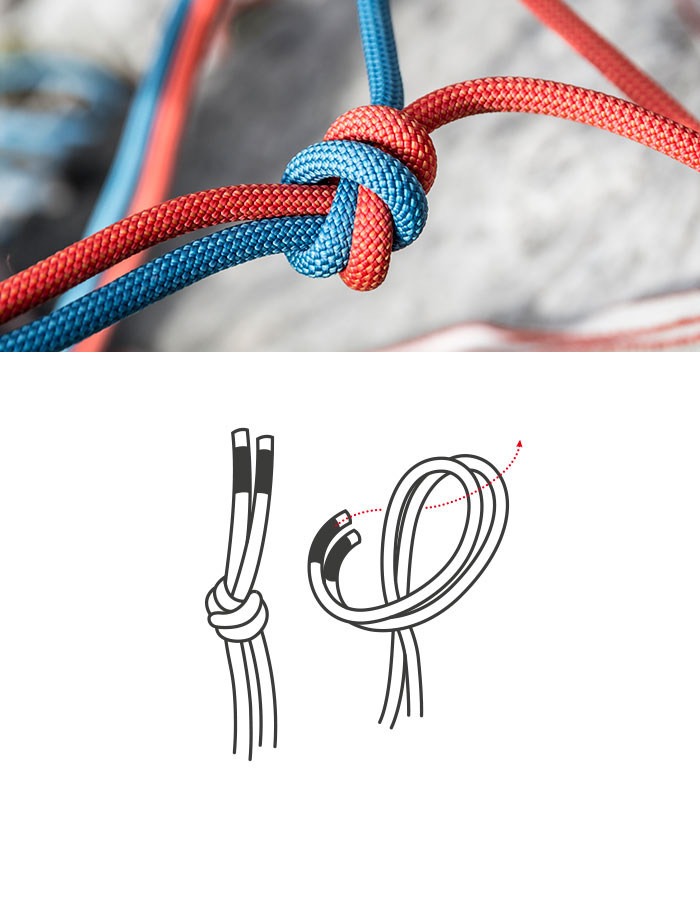
Girth hitch
On the one hand, the girth hitch is a quick and simple knot for connecting slings. On the other hand, girth hitches can also be used to fasten slings to trees and to attach a personal anchor sling to a harness and carabiner.
Beware: Joining knots such as the girth hitch are vulnerable when they are under strain and scrape on the rock face, for example when setting top-rope anchors over rock edges. Sling material can get damaged quickly!
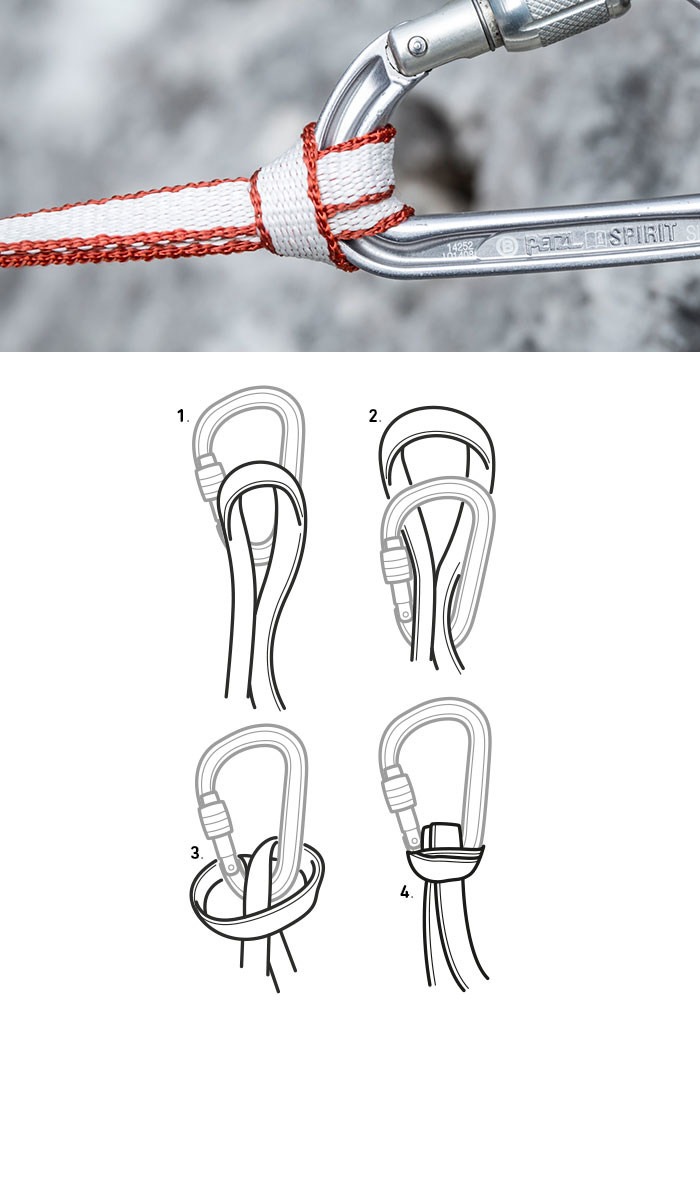
Prusik knot
The prusik knot is a friction hitch knot that can act as an aid during ascent: It can be shifted when not under strain, but sticks in place when under strain. On alpine rock faces, the prusik knot is most often used for a safety back up while rappelling. A cord is wrapped two or three times – depending upon the rope thickness – around both strands. When rappelling the climber shifts the knot. The prusik hereby serves to protect the rappelling climber. A 5–6mm thick cord – ideally made of Kevlar or Dyneema – is normally used for prusik knots.
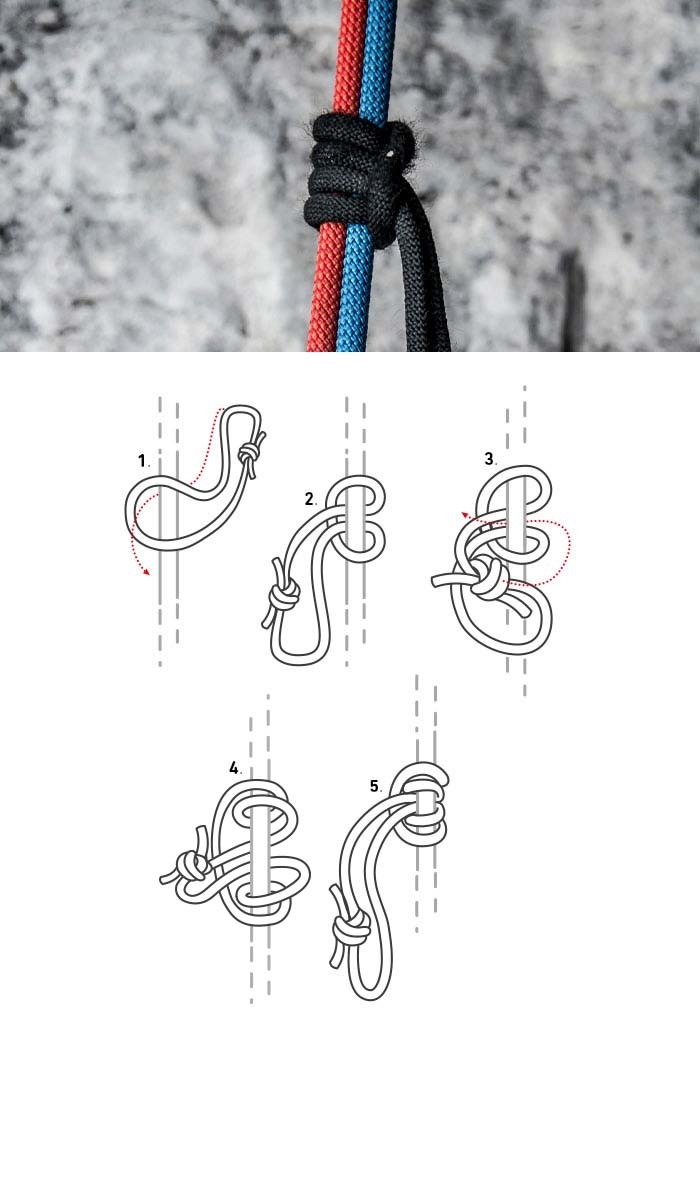
Klemheist Knot
The Klemheist knot is an alternative to the prusik, but only holds optimally in one direction while being pushed in the other. This knot is particularly suitable for sling material, as even narrow slings hold optimally with this knot.
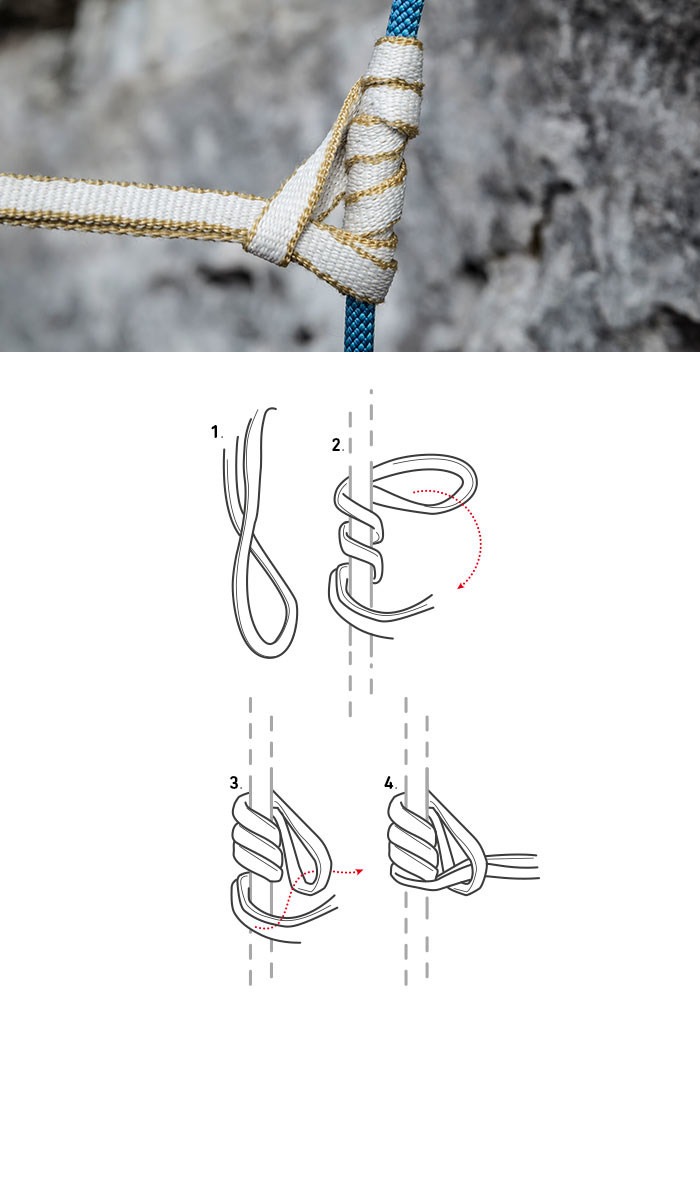
Bowline on a bight
The climber needs a central point on the anchor where the carabiners for the personal anchor and partner's belay can be clipped on. The bowline on a bight can be used as the central point. A bowline on a bight knot uses a double bight and puts little strain on the belt material. It is also very strong and does not tighten when under strain. A bowline on a bight is normally set up before the climb with a 120cm sling. While climbing, the sling, with two locking carabiners, is always on hand.

Various knots are required in alpine climbing. A climber must know how knots are to be used and their areas of application to safely master alpine climbs. Additional knot instruction is available on the ORTOVOX website.
Check out the full series of Safety Academy Lab Rock videos below:
- Alpine basics
- Basic equipment for every climber
- Basic equipment for groups
- Additional equipment for groups
- Storms in the mountains
- Types of rock in the Alps
- Tour planning for alpine climbing
- Packing a backpack correctly
- Rope team procedures
- Knot techniques
- Belay using bolts
- Belay methods
- Anchors
- Coiling a climbing rope
- Rappelling
- What to do in an alpine emergency
- First aid on the mountain
- Rescue techniques while alpine climbing
- Bivouacking in an emergency situation
Visit ORTOVOX’s Safety Academy Lab Rock to view the climbing tutorials in their totality and test your knowledge with their fun and interactive quizzes.
Since the company was founded in 1980 in the south of Munich, ORTOVOX has stood for the highest possible protection during alpine activities. As pioneers in the avalanche safety field, we have played a key role in the development of emergency equipment for the mountains. Innovations such as the double-frequency avalanche transceiver and Smart Antenna Technology, and also targeted training measures, continue to be valuable contributions to making mountain sports a little bit safer and to saving lives.

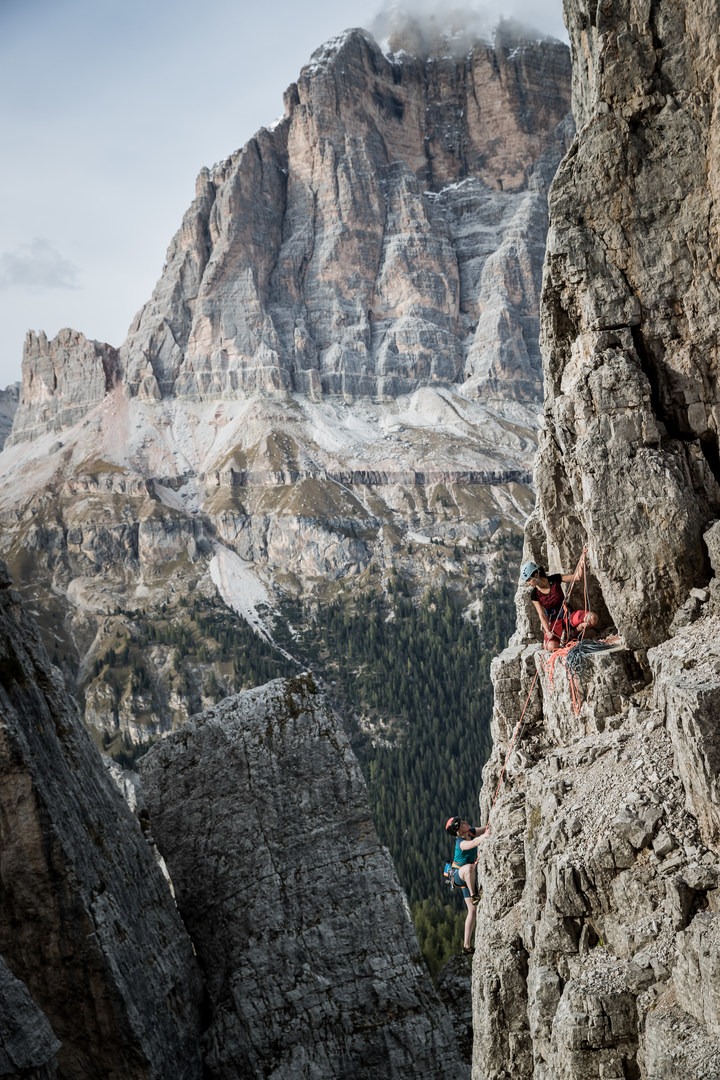


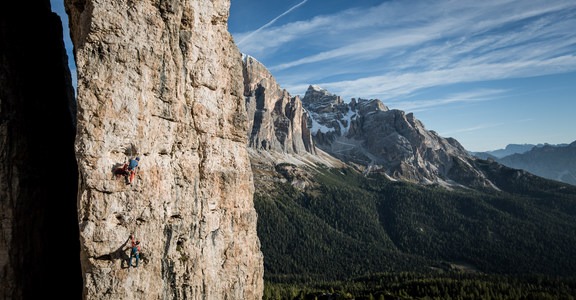
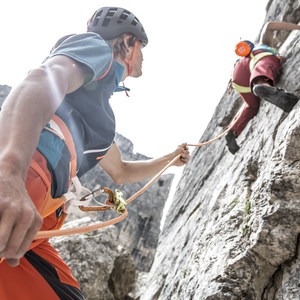
Comments
Sign In and share them.